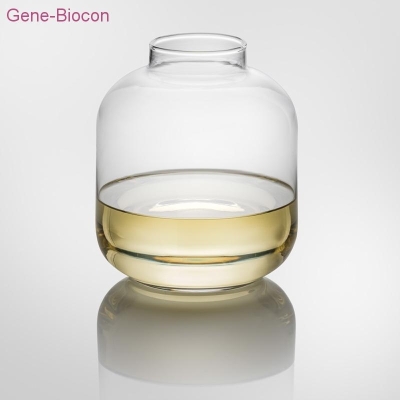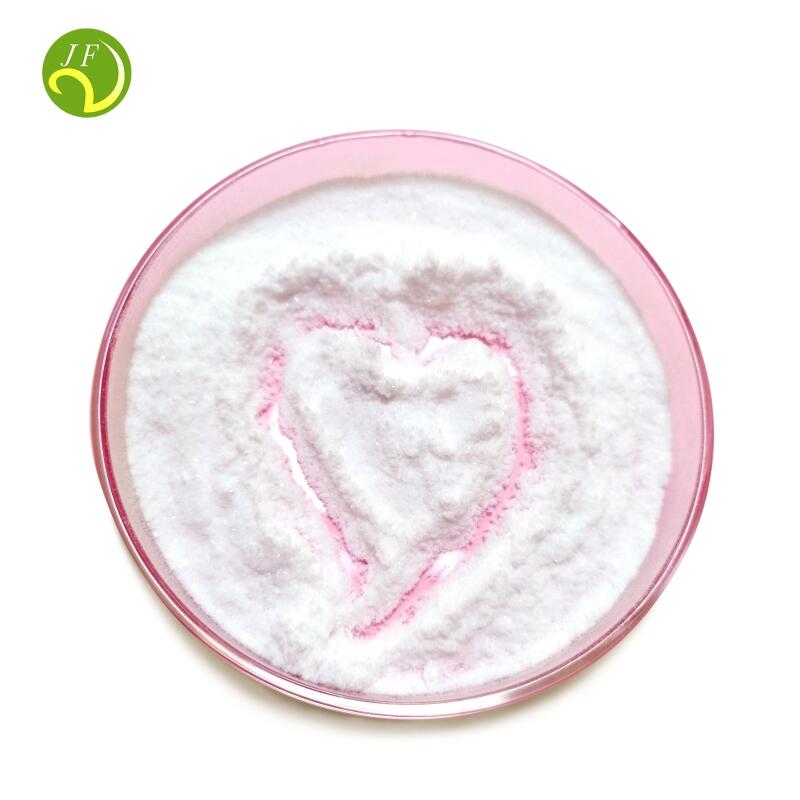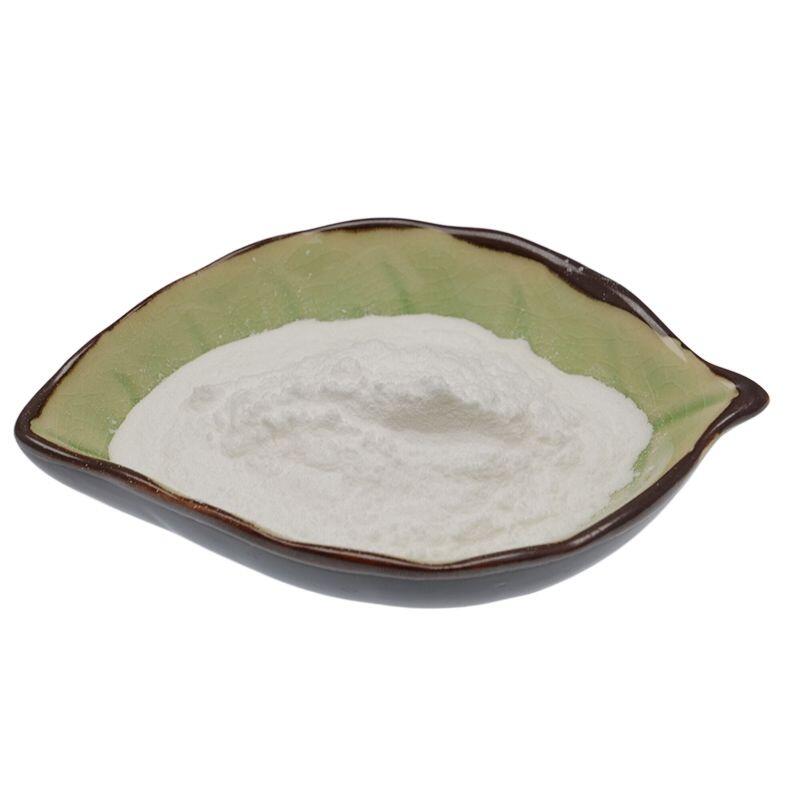-
Categories
-
Pharmaceutical Intermediates
-
Active Pharmaceutical Ingredients
-
Food Additives
- Industrial Coatings
- Agrochemicals
- Dyes and Pigments
- Surfactant
- Flavors and Fragrances
- Chemical Reagents
- Catalyst and Auxiliary
- Natural Products
- Inorganic Chemistry
-
Organic Chemistry
-
Biochemical Engineering
- Analytical Chemistry
-
Cosmetic Ingredient
- Water Treatment Chemical
-
Pharmaceutical Intermediates
Promotion
ECHEMI Mall
Wholesale
Weekly Price
Exhibition
News
-
Trade Service
Spirulina is a blue-green algae that is known for its high nutritional value and its potential health benefits.
It is a type of cyanobacteria that is found in freshwater lakes and ponds and is rich in proteins, vitamins, minerals, and antioxidants.
In recent years, spirulina has gained popularity as a dietary supplement and is often used in functional food and beverage products.
One of the most popular forms of spirulina is the powder form, which is easily mixed into smoothies, juices, and other food products.
There are several synthetic routes to produce spirulina powder, each with its own advantages and disadvantages.
In this article, we will discuss the most commonly used synthetic routes for producing spirulina powder.
Route 1: Microbial Fermentation
The first synthetic route to produce spirulina powder is through microbial fermentation.
This process involves the use of microorganisms such as bacteria or yeast to produce the algae.
The microorganisms are typically fermented in a liquid medium that contains the necessary nutrients and vitamins for the growth of the algae.
The fermented algae is then harvested and dried to produce a powder.
The advantages of this route are that it is relatively fast and inexpensive.
Additionally, the microorganisms used in the fermentation process can be easily controlled, which allows for consistent quality of the final product.
However, this route has some disadvantages.
The quality of the final product can vary depending on the type of microorganism used and the conditions of the fermentation process.
Additionally, the fermentation process requires a large amount of energy and can produce a significant amount of waste.
Route 2: Photoautotrophic Cultivation
The second synthetic route to produce spirulina powder is through photoautotrophic cultivation.
This process involves the use of sunlight and carbon dioxide to grow the algae.
The algae is typically grown in a controlled environment such as a greenhouse or photobioreactor.
The algae is then harvested and dried to produce a powder.
The advantages of this route are that it is environmentally friendly and requires no additional energy sources.
Additionally, the algae can be grown in large quantities and the quality of the final product is consistent.
However, this route has some disadvantages.
The photoautotrophic cultivation process is slow and can be expensive.
Additionally, the controlled environment required for the growth of the algae can be difficult to maintain and can lead to high operating costs.
Route 3: Hydroponic Cultivation
The third synthetic route to produce spirulina powder is through hydroponic cultivation.
This process involves the use of a nutrient solution to grow the algae instead of soil.
The algae is typically grown in a controlled environment such as a greenhouse or photobioreactor.
The algae is then harvested and dried to produce a powder.
The advantages of this route are that it is environmentally friendly and allows for the control of the growing conditions.
Additionally, the hydroponic cultivation process is fast and can produce large quantities of algae.
However, this route has some disadvantages.
The hydroponic cultivation process can be expensive and requires a large amount of energy to maintain the controlled environment.
Route 4: Open Pond Cultivation
The fourth synthetic route to produce spirulina powder is through open pond cultivation.
This process involves the use of natural sunlight and nutrients found in water to grow the algae in an open pond.
The algae is then harvested and dried to produce a powder.
The advantages of this route are that it is environmentally friendly and sustainable.
Additionally, the open pond cultivation process is relatively inexpensive and can produce large quantities of algae.
However, this route has some disadvantages.
The open p







